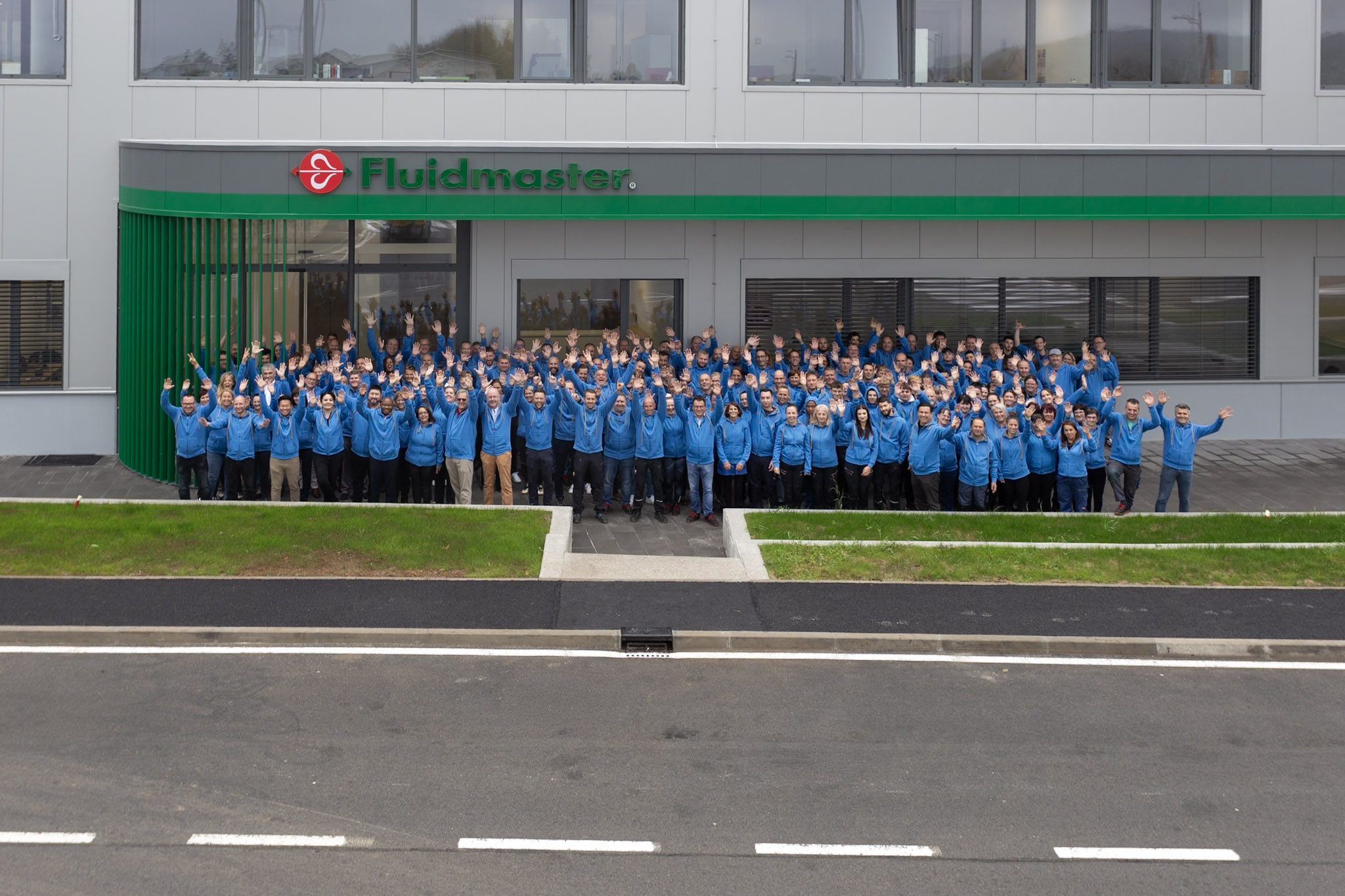
Fluidmaster Open New Facility in Prestranek
On Friday, October 24, 2025, Fluidmaster officially opened its...

Have you heard hissing, rumbling or phantom flushing noises coming from your toilet? If your loo makes abnormal noises, it can be an indicator that there is a problem afoot. Here are four of the most common noises which alert us to problems with a toilet and details of how to fix them.
The noise of your toilet flushing when no one has pressed the flush, can signify that your toilet is losing water. The water loss can be internal (if there’s no water on the floor or outside of the toilet), or external if you see water leaking outside of the toilet. You may also hear the fill valve start flowing by itself.
If you identify internal water loss, your first action should be to clean the bottom of the cistern and the seal area. Thes actions can solve many common internal water loss issues. If you find that your problems persist, you may need to replace the seal of your flush valve.
If you identify external water loss, the likelihood is it will come from one of three places. In an older installation (usually over approx. seven years old), leakage from the cistern around the fill valve and water supply connection, suggests that the fill valve and/or supply line may need replacing.
In a newer installation (usually less than five years old), if water is leaking from the cistern around the fill valve and water supply connection, remove the fill valve and clean inside the tank. Ensure the shank washer is placed on the fill valve first and install the valve. Hand tighten and then an additional ¼ to ½ turn with an appropriate wrench the fill valve locking nut and if necessary, replace the supply line.
Leaks coming from under the tank onto the toilet bowl indicate failed bolt seals. The cistern to bowl gasket, bolts and washers will need to be replaced.
Hissing noises coming from the toilet indicate that water is constantly passing through the fill valve and flowing into the tank. When debris and sediment clog up the fill valve the water pressure in the valve increases, causing water to leak out of the valve in a narrow stream and create the ‘hissing’ noise. To stop the hissing noise, remove and clean the fill valve by flushing out any debris or mineral build-up and checking the rubber seal is free from debris and undamaged. If the seal is damaged it will need to be replaced.
Water resonance is a rapid banging or hammering sound that can be heard after a toilet is flushed, during the filling process. The noise alerts you that the water system, fill valve or shut off valve at the wall, has an obstruction or air in the system to the flow path of the water.
We recommend you start by turning off the water supply, flushing the cistern and completely cleaning the water system, to expel any debris or build up that may be causing the obstruction.
Water hammer is a shock wave which creates vibration and / or a loud bang in the pipes. This can be caused by a number of things, any valve within the system can contribute towards the vibration and noises heard. An example of this would be poor or old basin tap seals which have worn out, this can create the hammer when a WC is flushed due to the pressure drop in the system.
Recent works carried out on the system where the water has been drained down can also introduce this issue as the pressure which was holding everything in place has been relaxed and the re-pressurization of the system will find the worn seals.
If all the taps / faucets, showers or any other outlet (washing machine, dishwashers etc) are fault free and do not leak or drip whenever the WC is flushed, and then water hammer occurs, then an ideal solution would be to fit the Airgap 6000 toilet cistern fill valve. This is designed to close the water fill gently therefore reducing the pressure spike and preventing the water hammer.